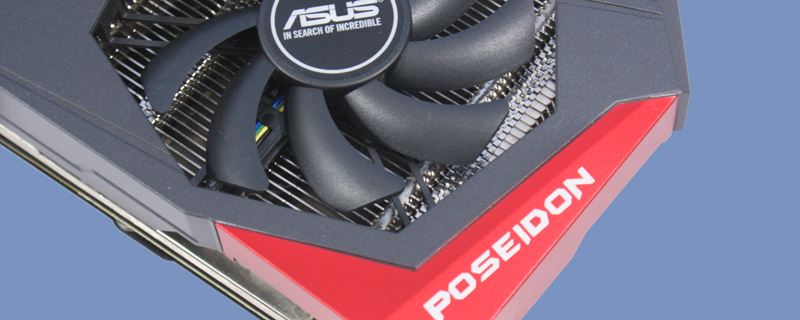ASUS ROG Poseidon GTX780 Review
Conclusion
To paraphrase a quote from the world of Football, the ASUS Poseidon is very much a card of two halves, so let’s get the negatives out of the way first before we roar back in the second half.
The unexpected arrival of the nVidia GTX780Ti breathed new life into the GTX780 range of graphics cards. By unlocking extra CUDA cores and combining them with higher clock speeds there was a stunning amount of performance found by the boffins in Santa Clara. That did, however, leave the ASUS R&D department caught on the hop as they put the finishing touches to a complicated heatsink design, only to discover the GPU at the heart of it was already beaten by a newer model.
Now that doesn’t mean that the GTX780 has become a terrible choice overnight, far from it. It’s still a great performer, just when you look through the results we obtained from the Poseidon it is clear that the GTX780Ti offers the higher frames per second in nearly ever scenario, and even more so once you overclock it. This performance deficit isn’t helped by the hugely variable results we obtained. For every test that saw the ROG Poseidon take its place at the very pinnacle of vanilla GTX780 offerings, so there was another that showed a lack of performance, or only a tiny benefit to be gained from overclocking it, which is surely the point of water-cooling? Finally ASUS seem hell-bent on making their damn ROG logo pulsate. It drives us mad. By not using the same API as the nVidia logos it cannot be controlled by the GeForce Experience software, so we can’t just leave it on. It’s very annoying. ASUS, stop it.
Where the Poseidon claws back all of its lost ground though is in the DirectCU H2O cooler.
An extremely clever design indeed. It would be easy to think that a card which ticks both air-cooling and water-cooling boxes must have compromises to both and so, by trying to be a jack of all trades ends up being a master of none. Nothing could be further from the truth. As an air-cooled card it’s capable of some very good temperatures and the fans are nice and quiet. Connecting it up to our water-loop test rig and the temperatures plummeted to a very low degree, showing that the GPU is getting cooled efficiently. It does seem that only the GPU is getting cooled though, as the VRM section of the card got very warm to the touch indeed. So at least in that area there is some compromise when compared to purchasing a full-cover waterblock.
Cost has to be taken into account too, so whilst it may seem that at £499 the Poseidon is very pricey for a GTX780, you have to take into account that a full-cover waterblock will run you the best part of £80, and fitting it will invalidate your warranty. So take a regular GTX780, around the £400 mark, add a waterblock at £80, and you’re basically getting a manufacturers warranty and zero fitting hassle for £20, with the added benefit that if your pump dies you can switch back to air at any point. By that margin the Poseidon is good value.
The ASUS ROG Poseidon GTX780 is a very clever solution to a long-standing problem, and should pave the way for this method to become more prevalent on future cards. It is both watercooled and air-cooled, without compromising the cooling performance of either option, and for that we have to award it our OC3D Innovation Award.
Thanks to ASUS for supplying the ROG Poseidon GTX780 for review. Discuss your thoughts in the OC3DÂ Forums.




